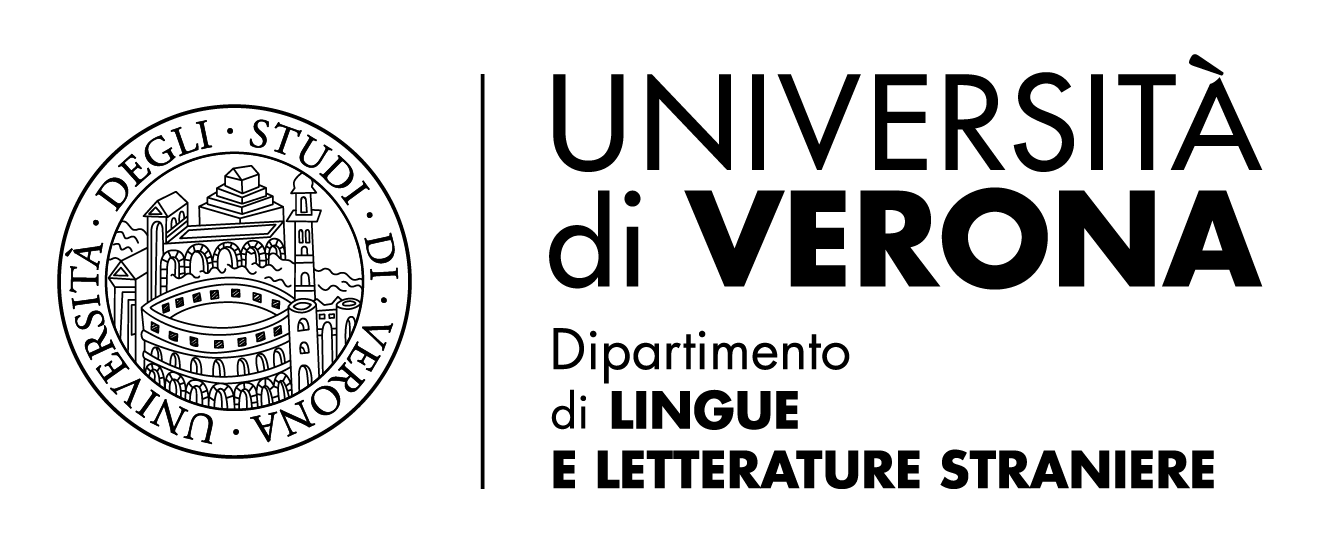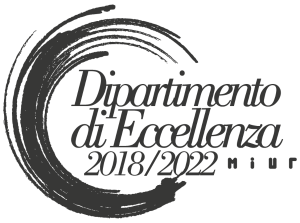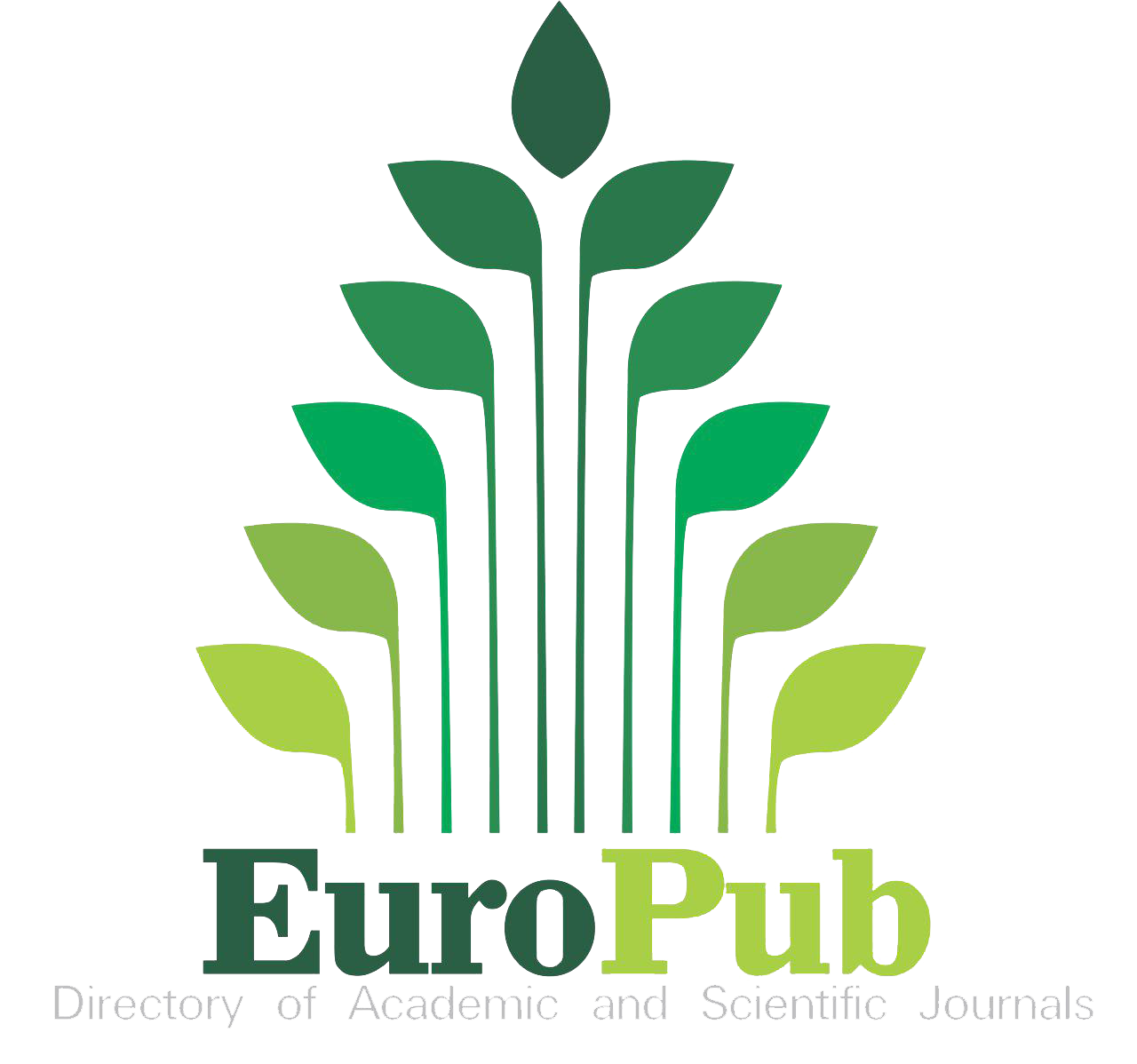Designing Prospective Professional Identities
Multimodal Meaning-making in Video Curricula
DOI:
https://doi.org/10.13136/2281-4582/2025.i25.1588Keywords:
Video Curriculum , Recruitment Genres, Multimodal Analysis, Genre Analysis , Small StoriesAbstract
This article explores multimodal meaning-making in a small corpus of 47 video curricula, recorded by undergraduate students in a Business English course at the University of Trento. The adopted methodology combines tools derived from genre analysis, multimodal analysis, and narrative analysis. The research question is the following: how do students select and integrate semiotic resources in a video curriculum to design their prospective professional identities? The results show that academic students as job applicants use a range of modes and modal resources (e.g., speech, eye contact, angle, icons, music) to design and communicate their future professional identities and to engage with their potential recruiter. A pervasive and noteworthy technique in the dataset is that of storytelling. Multimodally realized through speech, writing, gestures and other modes, storytelling is used to perform self-narration and to shape prospective professional identities. Hence, the examined multimodal texts show a tension between genre integrity and creativity, that is, between the adoption of standardised guidelines offered by tutorials and lectures, on the one hand, and more innovative and distinctive solutions, on the other hand. Prospective job applicants seem to pay particular attention to post-production elements such as keywords, icons, images, animations and less attention to mise-en-scène aspects including clothing style and setting.
References
Adami, Elisabetta, Sophia Diamantopoulou and Fei Victor Lim. “Design in Günther Kress’s Social Semiotics.” London Review of Education 20.1 (2022): 41.
Apers, Catherine and Eva Derous. “Are they Accurate?: Recruiters’ Personality Judgments in Paper Versus Video Resumes.” Computers in Human Behavior 73 (2017): 9-19.
Bamberg, Michael and Alexandra Georgakopoulou. “Small Stories as a New Perspective in Narrative and Identity Analysis.” Text & Talk 28.3 (2008): 377-396.
Bangerter, Adrian, et al. “Automatic Identification of Storytelling Responses to Past‐Behavior Interview Questions via Machine Learning.” International Journal of Selection and Assessment 31 (2023): 376-387.
Bateman, John and Chiao-I Tseng. “Multimodal Discourse Analysis as a Method for Revealing Narrative Strategies in News Videos.” Multimodal Communication 12.3 (2023): 261-285.
Bhatia, Vijay. Analysing Genre: Language Use in Professional Settings. London: Longman, 1993.
---. Critical Genre Analysis: Investigating Interdiscursive Performance in Professional Practice. London: Routledge, 2017.
---. World of Written Discourse: A Genre-Based View. London: Continuum, 2004.
Botezat, Elena Aurelia, et al. “Optimized Decisions for Smart Tourism Destinations: A Cross-Generational Perspective Using an Improved Importance–Performance Analysis.” Systems 12.8 (2024): 297.
Cojocariu, Venera-Mihaela, Cristina Cirtita-Buzoianu and Gabriel Mares. “Video CV: A Useful Tool for Students Personal Self-promotion?” INTED2020 Proceedings: 14th International Technology, Education, and Development Conference. IATED, Valencia, 2020. 1293-1299.
De Fina, Anna. “Narrative and Identities.” The Handbook of Narrative Analysis. Edited by Anna De Fina and Alexandra Georgakopoulou. Hoboken: Wiley-Blackwell, 2015. 351-368.
“ELAN” (Version 6.7) [Computer software]. (2023) Nijmegen: Max Planck Institute for Psycholinguistics, The Language Archive. Retrieved from https://archive.mpi.nl/tla/elan.
Fortanet-Gómez, Immaculada and Vincent Beltrán-Palanques. “Enhancing Multimodal Communicative Competence in ESP: The Case of Job Interviews.” Multimodal Communication 11 (2021): 17-29.
Georgakopoulou, Alexandra. “Small Stories Research: Methods, Analysis, Outreach.” The Handbook of Narrative Analysis. Edited by Anna De Fina and Alexandra Georgakopoulou. Hoboken: Wiley-Blackwell, 2015. 255-271.
---. “Thinking Big with Small Stories in Narrative and Identity Analysis.” Narrative Inquiry 16.1 (2006): 122-130.
Gissel, Amanda L., Lori F. Thompson and Samuel B. Pond III. “A Theory‐Driven Investigation of Prospective Applicants’ Intentions to Submit Video Résumés.” Journal of Applied Social Psychology 43.12 (2013): 2449-2461.
Goel, Apoorva and Richa Awasthy. “Are Video Resumes Preferred by Job Applicants?: Information Technology.” Re-imagining Diffusion and Adoption of Information Technology and Systems: A Continuing Conversation. Edited by Sujeet K. Sharma, et al. Berlin: Springer International, 2020. 138-149.
Halliday, Michael A. K. Language as Social Semiotics. London: Edward Arnold, 1978.
Halliday, Michael A. K. and Christian Matthiessen. An Introduction to Functional Grammar (3rd edition). London: Edward Arnold, 2004.
Halliday, Michael A. K. and Ruqaiya Hasan. Language, Context and Text: Aspects of Language in a Social-semiotic Perspective. Oxford: Oxford University Press, 1985.
Hiemstra, Annemarie and Eva Derous. “Video Resumes Portrayed: Findings and Challenges.” Employee Recruitment, Selection, and Assessment: Contemporary Issues for Theory and Practice. Edited by Ioannis Nikolaou and Janneke K. Oostrom. London: Psychology Press, 2015. 45-60.
Hiemstra, Annemarie, et al. “Fairness Perceptions of Video Resumes among Culturally Diverse Applicants.” International Journal of Selection and Assessment 20.4 (2012): 423-433.
Hiippala, Tuomo. “Multimodal Genre Analysis.” Interaction, Images and Texts. Edited by Carmela Daniela Maier and Sigrid Norris. Berlin: De Gruyter Mouton, 2014. 111-124.
Kluemper, Donald H., et al. “Social Networking Websites and Personnel Selection: A Call for Academic Research.” Employee Recruitment, Selection, and Assessment: Contemporary Issues for Theory and Practice. Edited by Ioannis Nikolaou and Janneke K. Oostrom. London: Psychology Press, 2015. 61-79.
Kress, Günther. “Design and Transformation: New Theories of Meaning.” Multiliteracies: Literacy Learning and the Design of Social Futures. Edited by Bill Cope and Mary Kalantzis. London: Routledge, 2000. 155-158.
---. Multimodality: A Social Semiotic Approach to Contemporary Communication. London: Routledge, 2010.
Kress, Günther and Theo Van Leeuwen. Multimodal Discourse: The Modes and Media of Contemporary Communication. London: Arnold, 2001.
---. Reading Images: The Grammar of Visual Design. 3rd edition. London: Routledge, 2021.
Lim, Fei Victor. Designing Learning with Embodied Teaching: Perspectives from Multimodality. London: Routledge, 2021a.
---. “Investigating Intersemiosis: A Systemic Functional Multimodal Discourse Analysis of the Relationship between Language and Gesture in Classroom Discourse.” Visual Communication 20.1 (2021b): 34-58.
Masiala, Peter. “The Role of Gesture in Multimodal Communication.” European Journal of Linguistics 3.1 (2024): 25-37.
Menotti, Gabriel. “Discourses around Vertical Videos: An Archaeology of ‘Wrong’ Aspect Ratios.” ARS (São Paulo) 17.35 (2019): 147-165.
Oostrom, Janeke K., et al. “New Technology in Personnel Selection: How Recruiter Characteristics Affect the Adoption of New Selection Technology.” Computers in Human Behavior 29.6 (2013): 2404e2415.
Roulin, Nicolas and Adrian Bangerter. “Social Networking Websites in Personnel Selection: A Signaling Perspective on Recruiters’ and Applicants’ Perceptions.” Journal of Personnel Psychology 12.3 (2013): 143-151.
Sindoni, Maria Grazia. Multimodality and Translanguaging in Video Interactions. Cambridge: Cambridge University Press, 2023.
Smorti, Andrea. Storytelling. Perché non possiamo fare a meno delle storie. Bologna: Il Mulino, 2022.
Swales, John. Genre Analysis: English in Academic and Research Settings. Cambridge: Cambridge University Press, 1990.
Toolan, Michael. Narrative: A Critical Linguistic Introduction. London: Routledge, 2013.
Wang, Alex, et al. “Consistency Matters: The Interaction Effect of Grooming and Dress Style on Hirability.” International Journal of Selection and Assessment 30.4 (2022): 545-561.
Waung, Marie, Robert W. Hymes and Joy E. Beatty. “The Effects of Video and Paper Resumes on Assessments of Personality: Applied Social Skills, Mental Capability, and Resume Outcomes.” Basic and Applied Social Psychology 36.3 (2014): 238-251.
Yılmaz, Betül, Elvin Dinler Kısaçtutan and Seçil Gürün Karatepe. “Digital Natives of the Labor Market: Generation Z as Future Leaders and their Perspectives on Leadership.” Frontiers in Psychology (2024) 15:1378982.
Van Leeuwen, Theo. Speech, Music, Sound. London: Macmillan, 1999.
Zuraina, Ali, et al. “Help me to Find a Job: An Analysis of Students’ Delivery Strategies in Video Resume.” Asian Journal of University Education 18.2 (2022): 489-498.
Downloads
Published
Issue
Section
License
Copyright (c) 2025 Sabrina Francesconi

This work is licensed under a Creative Commons Attribution 4.0 International License.
Iperstoria is an Open Access journal.
- Authors retain copyright and grant the journal right of first publication with the work simultaneously licensed under a Creative Commons Attribution 4.0 BY License that allows others to share the work with an acknowledgement of the work's authorship and initial publication in this journal.
- Authors are able to enter into separate, additional contractual arrangements for the non-exclusive distribution of the journal's published version of their work (e.g., post it to an institutional repository or publish it in a book), with an acknowledgement of its initial publication in this journal. We kindly ask authors to inform us of any instances of re-publication.







